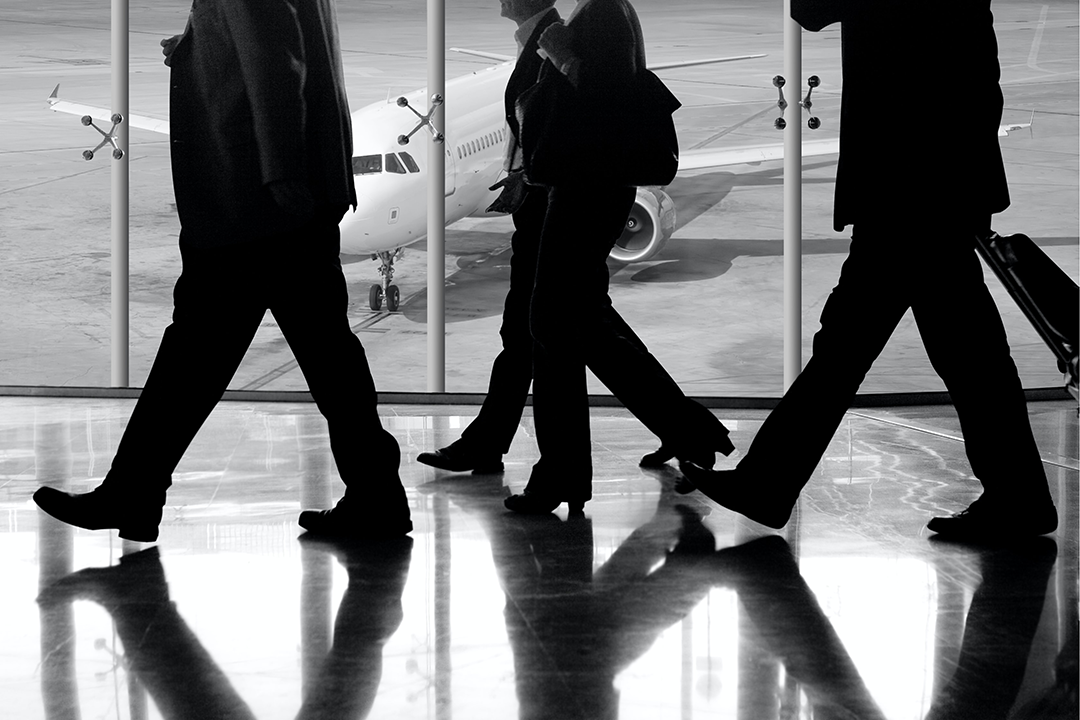

In what can only be seen as a good trend, internal business travel has bounced back to pre-pandemic levels, which is a good sign that we’re living through what might be called a normalisation process. That said, the economy, our lives and our businesses will have to adjust to a new normal as we throw off the implications of lockdowns.
The Australian’s Greg Brown and Mackenzie Scott tell us that “business travel spending in August reached 92 per cent of its pre-pandemic levels as workers and bosses flocked to conferences, seminars, trade fairs and team-building retreats.”
Of course, there are a lot of normal business meetings that can be done on laptops, thanks to Zoom or Microsoft Teams, which gained unbelievable popularity when COVID hit, but for bottom line affecting deals or relationships, face-to-face meetings remain irreplaceable.
Given many businesses are still playing catch up because of the costs of the Coronavirus-created chaos, it’s great to see our tourism sector is getting back to a new normal. But the old normal still is a slow train coming with The Oz revealing that “international arrivals are down by 81 per cent from the year to August 2019.”
Ask anyone managing a CBD office block if the old normal is back and they’d laugh out loud but it won’t be a happy giggle. On census day last year around 20% of employees were working from home and US research argues this trend is here to stay.
Academics at the University of Chicago, the Massachusetts Institute of Technology and Stanford University estimate about 55% of jobs need to be onsite, while 30% of the working population will work on a hybrid basis and the remaining 15% can be fully remote.
This trend could shrink but I suspect by not too much, as social analysis showed most people working from home actually like it, so many business owners will have to work out how to trade off potential productivity problems with the impact of a happier employee. That’s a hard calculation to make. This is another area businesses have to cope with in a new normal post-pandemic world.
Clearly for businesses that have bounced back strongly out of the lockdown era, these new post-pandemic challenges will be more manageable, but what about those who are still playing catchup.
A Sydney CBD food businessowner I talked to yesterday said the work-from-home trend has cut his turnover down to 55%, but some days are better than the average. But he then added: “I have back-rent to make up!”
This business owner could soon face a rise in his wage bill, with the Albanese Government set to support across-industry pay rises that could be just another straw that could break this camel’s back.
It’s great to see the tourism sector rebounding from two years of pandemic pain but many of these businesses suffered a lot and could have residual debts, past losses and missed opportunities that need to be cancelled out before they can really celebrate.
Bosses are pleading for the Government to make changes to their proposed IR Bill and our new Small Business Minister Julie Collins should be publicly making the case for this new wage-determining legislation to be small and medium business friendly.
Also, with the RBA raising interest rates and taking a risk that could result in a serious slowdown or even a recession, Treasurer Jim Chalmers should be counselling his fellow MPs to be careful about what they’re happy to pile onto business.
Interestingly, business conditions now are not too bad but the NAB business confidence readings are flashing a red light.
Business confidence fell 4 points to 0 index points and is now below the long-run average. Across the states, confidence fell sharply in Victoria and declined in NSW, Queensland and South Australia. “Despite the strength in conditions, confidence has been falling for several months as headwinds have weighed on the outlook for the global economy and Australia,” said Mr Oster. “Confidence is now below the long-run average at 0 index points, which effectively means that just as many firms in our survey are pessimistic as optimistic.”
Given business is starting to wobble and on the consumer front, the weekly ANZ-Roy Morgan consumer confidence index fell by 1.5% to 78.7, which is a long way below the long-run average 112.2.
Labor has to be careful it doesn’t cook the golden geese who create jobs and pay wages.